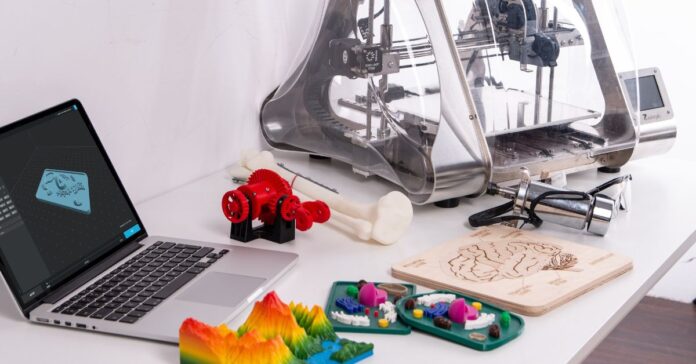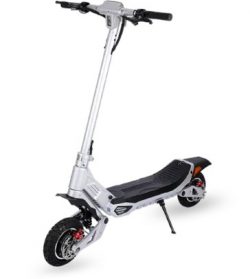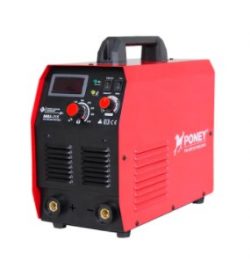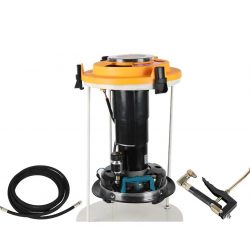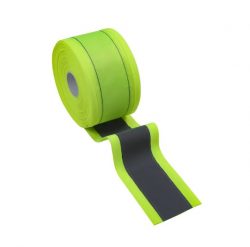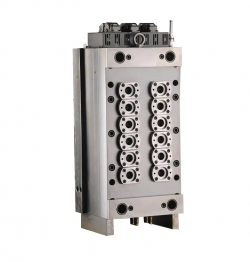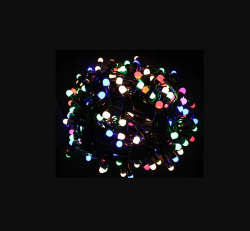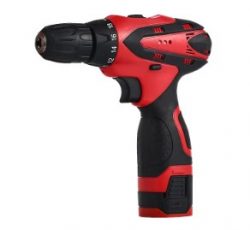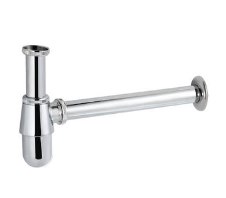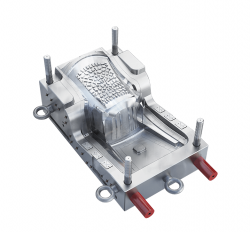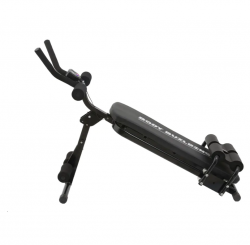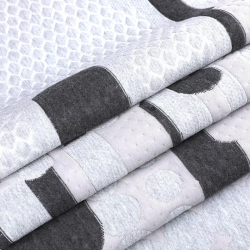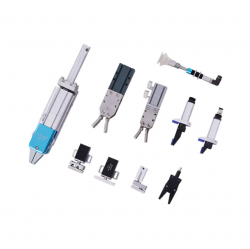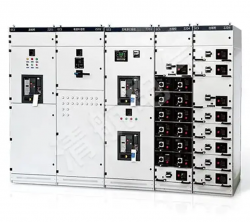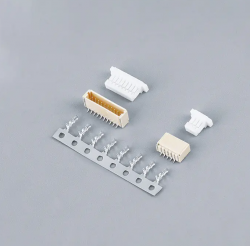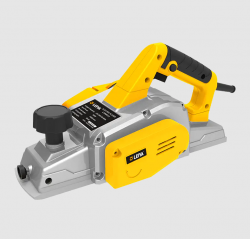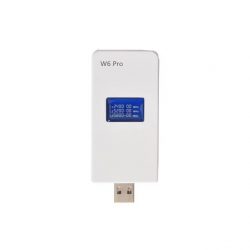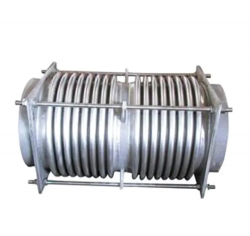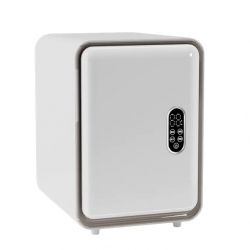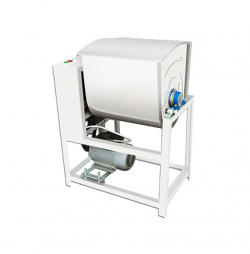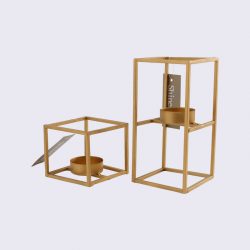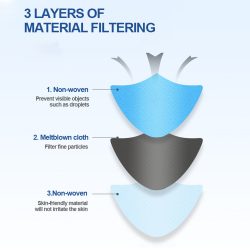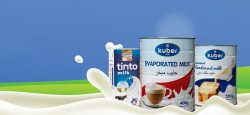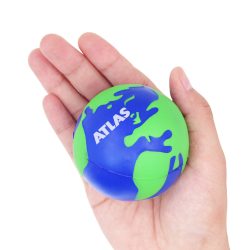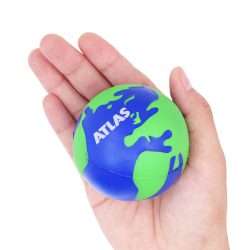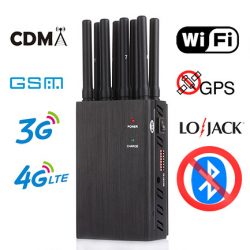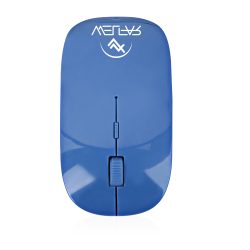How to Make Money with 3D Printing : Unlocking the Potential for Profit
In the ever-evolving realm of manufacturing solutions, 3D printing has emerged as a frontrunner, democratizing production for professionals and hobbyists alike. Among the various 3D printing techniques, Fused Deposition Modeling (FDM), also known as Fused Filament Fabrication (FFF), stands out as the most economical option. This article delves into the reasons behind FDM’s cost-effectiveness, its applications, and strategies to maximize its potential, providing a comprehensive analysis within a 500-word limit.
Tracing the Origins of Fused Deposition Modeling (FDM):
FDM, conceptualized in the late 1980s, revolutionized additive manufacturing by offering a cost-effective alternative for creating prototypes and products. Its working principle involves melting a thermoplastic filament and depositing it layer by layer to construct a 3D object, making it a popular choice for beginners.
A Comprehensive Breakdown of 3D Printing Costs:
Initial Investment: The purchase of the 3D printer constitutes a significant part of the cost, with options ranging from budget-friendly models to sophisticated versions.
Material Expenses: Raw materials, such as filaments in FDM, represent a recurring cost that varies among different 3D printing techniques.
Operational and Maintenance Charges: Regular maintenance, power, and additional accessories contribute to ongoing operational costs.
Software Investments: Depending on project complexity, users might need software tools for designing, slicing, and managing print jobs.
Post-Processing Expenditure: Post-printing steps, such as sanding or painting, contribute to the overall cost.
Diving into FDM’s Cost-Effectiveness:
Economical Entry Points: FDM offers affordable kits for hobbyists and sophisticated systems for professionals, catering to a broad audience at a lower price point.
Budget-Friendly Filaments: FDM utilizes cheaper thermoplastic filaments like PLA and ABS, allowing for cost savings without compromising quality.
Lower Maintenance Costs: FDM printers demand less frequent and less expensive maintenance, reducing the total cost of ownership.
Open-Source Software Ecosystem: FDM benefits from a vibrant open-source community, providing free or low-cost software tools, minimizing expenses.
Simplified Post-Processing: FDM prints often require minimal post-processing, avoiding the need for specialized and costly equipment.
Contrasting FDM with Other 3D Printing Methods:
Stereolithography (SLA): SLA, known for precision, uses expensive UV-curable resins, leading to higher overall costs.
Selective Laser Sintering (SLS): Specialized powders and equipment escalate costs, making SLS less suitable for budget-conscious users.
Direct Metal Laser Sintering (DMLS): Targeting industries, DMLS involves premium materials and machinery, making it costly for everyday users.
Navigating the Ideal Applications for FDM:
Rapid Prototyping: FDM is ideal for cost-effective prototyping, allowing designers to validate concepts without hefty expenses.
Educational Ventures: FDM’s affordability makes it popular in educational institutions for hands-on learning experiences at a manageable cost.
Personal Projects and Hobbies: FDM provides a budget-friendly avenue for hobbyists to explore various projects, from crafting toys to home improvement items.
Customized Manufacturing: FDM excels in manufacturing customized parts or tools at a fraction of the cost compared to traditional methods.
Acknowledging the Limitations of FDM:
Surface Finish Concerns: FDM may exhibit visible layer lines, requiring post-processing for a smoother finish in aesthetically focused projects.
Structural Constraints: Layer-by-layer construction may lead to weaker bonds between layers, posing structural concerns in specific applications.
Limited Scope for Ultra-Fine Details: Filament thickness and nozzle diameter limitations may hinder FDM’s suitability for projects demanding intricate details.
Embracing FDM in the Expansive World of 3D Printing:
In the pursuit of the Cheapest 3D printing method, FDM stands out due to its inherent cost-effectiveness. As technology advances, aligning the choice of the method with project goals becomes crucial. FDM’s rich history, diverse applications, and continuous innovations position it prominently in the 3D printing landscape, offering a balance between affordability and quality.
